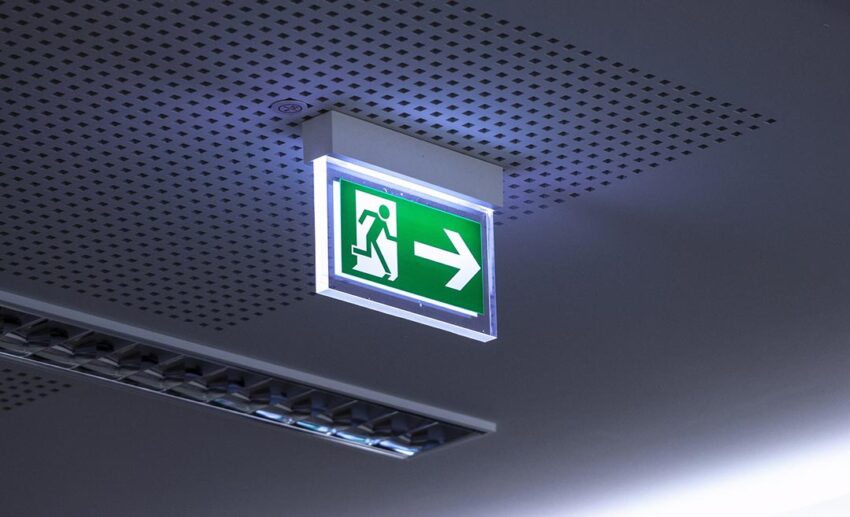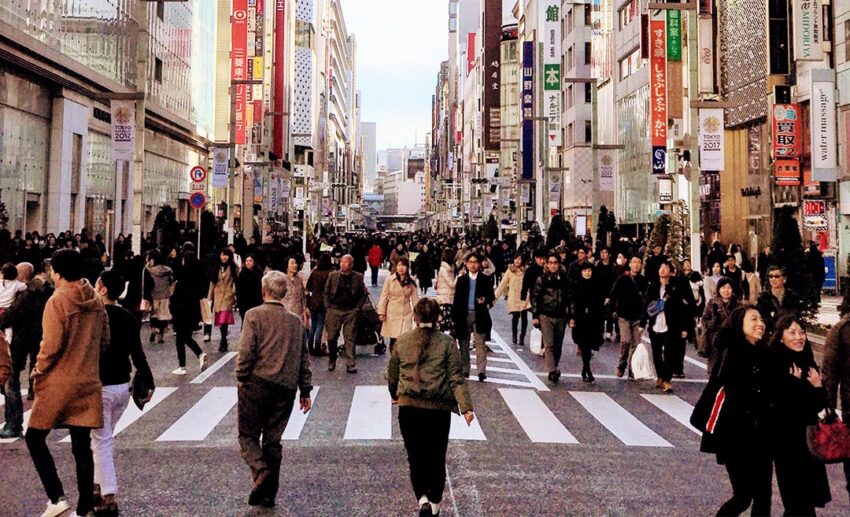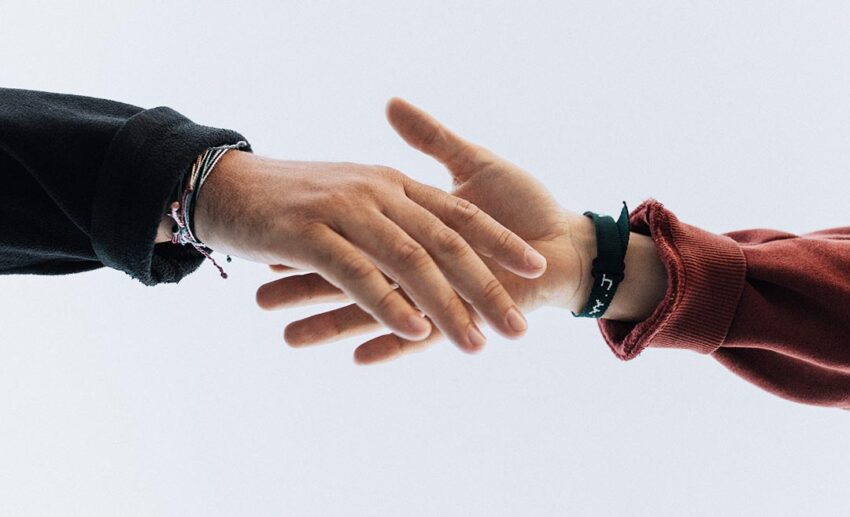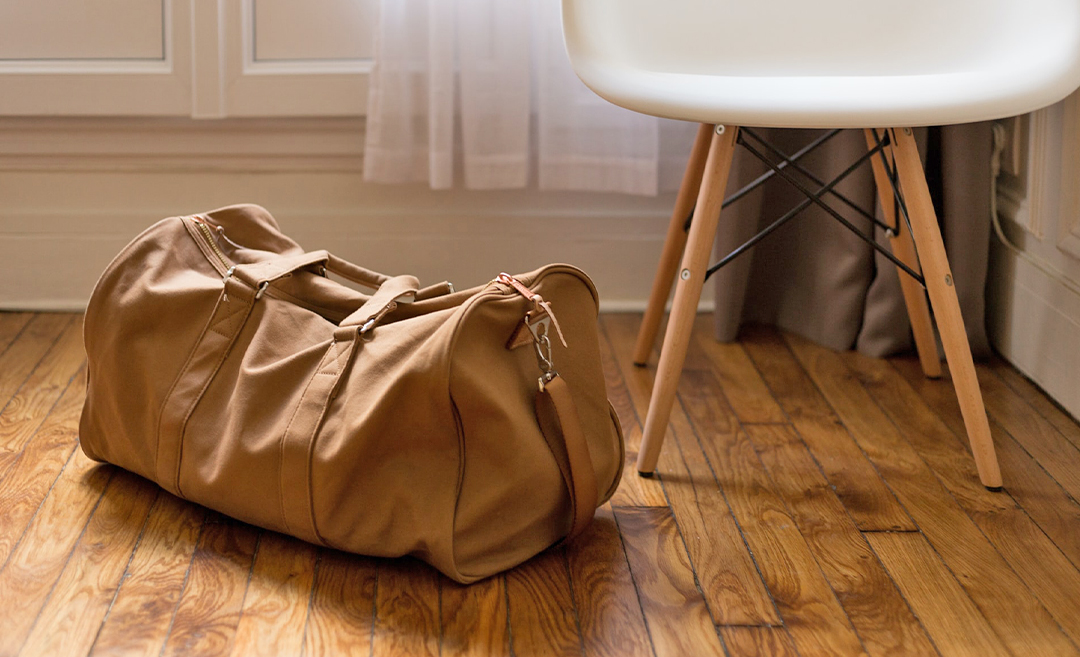A devastating and terrifying event occurred on Halloween weekend in Seoul, South Korea. On 29 October 2022, during celebrations, a fatal crowd crush occurred, resulting in more than 150 deaths. Surprising and devastating, it was hard to comprehend that such a thing could happen, and it really brought awareness of crowd crushes and how easily it can suddenly occur.
But what exactly is a crowd crush? It is a catastrophic incident that results from a body of people becoming dangerously overcrowded. And it can be fatal due to asphyxiation.
In light of the unforeseen tragedy, we would like to share steps to mitigate crowd-crushing, should you ever find yourself in this situation. These things can happen anywhere and any time — such as during concerts or sporting events — and we hope that this feature can help save your life and those around you too.
1. Identify emergency exits

When you enter a venue, please take note of where the emergency exits are located, as the main entrance or exit points can often get congested once it gets too crowded. In a state of panic, people will often head in the familiar direction, and emergency exits are usually the last on everyone’s minds.
2. Learn to monitor crowd density and understand when a crowd crush may occur
Prevention is the most critical step to mitigating a crowd crush. Crowd density becomes very dangerous when it reaches six people per square metre or more, and will reduce your ability to leave. Before crowd density reaches this point, it is best to leave, as crowd crushes occur in small spaces, especially when exiting a venue.
This can happen almost instantly; however, there are some signs to pay attention to, such as if a moving crowd slows down, hearing people complain of discomfort, or you hear distressing cries. These are cues that the density is increasing, and you need to leave. Listen to your instincts and leave through the exits identified upon arrival.
3. Alert people

Outside of the crowd crush, people may not know what is happening. Bring attention to the situation, get up high, and alert security to make everyone aware.
4. Keep space around your chest
If prevention measures are unsuccessful and you find yourself stuck in an increasingly dense crowd, make space around your chest with your arms to avoid compression. Do not let your arms become pinned by your side.
Protect your chest by using your dominant hand to hold your other forearm, creating a shield in front of your chest, with your elbows out to brace against other bodies.
5. Keep your head up

To maximise air, keep your head up in the crowd. Shorter people have more restricted oxygen in a crowd than taller people. If children are in the group, put them up on your shoulders or back.
6. Do not drop your bag
Taking your bag off to make more space will create a huge trip for those around you in the crowd. So, whatever you do, try your best to keep it on your person. However, if you drop an item, do not bend down to pick it up; let it go, or you’ll be at a greater risk of falling.
7. Go with the flow

In a high-density crowd of eight to nine people per square metre, you will not be able to move freely; you may be moved in different directions. So, it is important not to fight it and go with the flow.
Another aspect of going with the flow is not screaming or pushing. If you start panicking, it will become contagious and lead to greater hostility throughout the crowd. The safest thing to do is remain calm and go with the flow of the crowd.
8. Do not fall
This seems silly to say, but it is true: Do not fall – this is extremely important. You must stay upright in the crowd as much as possible, because if you fall, you will not be able to get back up, and there’s a high chance of people trampling over you.
You should maintain a ‘boxer-like’ stance with your feet apart, one foot in front of the other, and slightly bend your knees. However, if you fall, to increase your chance of surviving by protect your head and going into a foetal position on your left side to protect your heart and lungs.
9. Avoid solid objects

You must avoid solid objects like walls, fences, barriers, and floors, as you can get trapped and suffocate by being pushed into the solid surface. This can also occur when being pushed against someone trapped on a wall. To increase your chances of survival, avoid nearby solid objects.
10. If safe, help those around you
Before helping others, you need to help yourself first, especially in cases of emergency. First, assess whether you are safe and stable, and determine the risk to help those around you.
If someone is falling and you can help them, do so. But if you are unsafe and unstable, helping others may risk further injury to both yourself and the person needing help.
11. Volunteer to help afterwards

When the crowd begins to thin, many people may be injured and helpless on the floor. Again, assess your safety first and volunteer to check on and help others if you can.
We hope that sharing these steps will help to mitigate a crowd crush in the future, should you ever be stuck in such an unfortunate occurrence. Our hearts and thoughts still go out to those affected by the Itaewon crowd crush.




